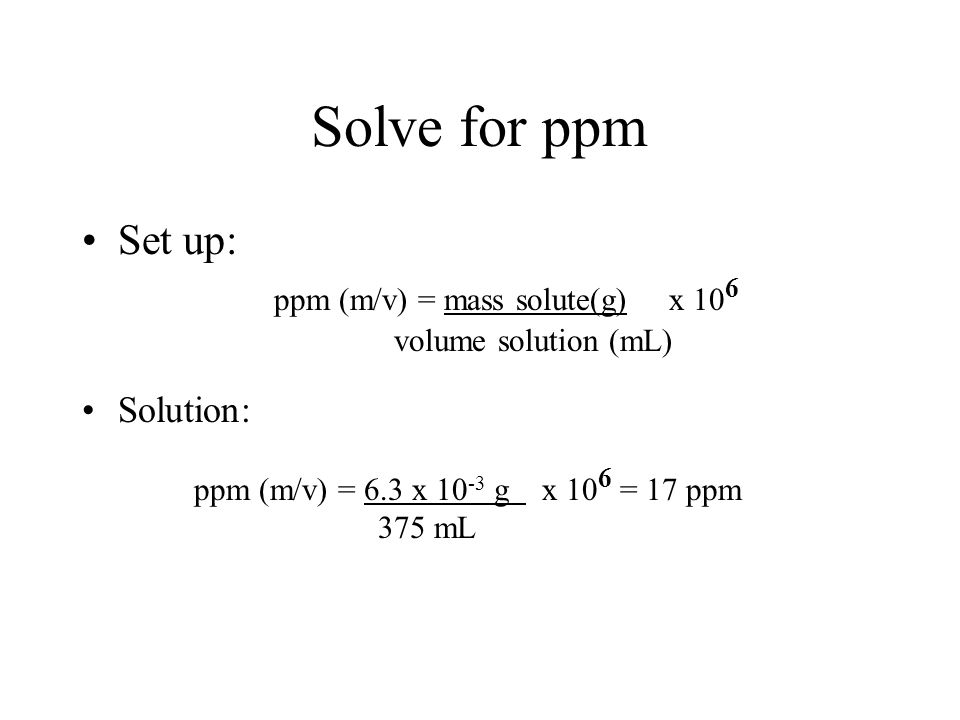

To calculate amount of product needed based on Acre:ĮXAMPLE:Multiply the weight of the water ( Step 2A) by the recommended concentration (shown in product instructions). Step 3: Calculate the Amount of Product to be Added ANSWER: Weight of water to be treated is 2,722,384 lbs. Multiply volume (43,600 cubic feet) by 62.44. To calculate weight of water to be treated based on Cubic Feet:ĮXAMPLE: Multiply volume (cubic feet) (calculated in Step 1B) by 62.44.

ANSWER: Weight of water to be treated is 5,440,000 lbs.ī. To calculate weight of water to be treated based on Acre-Feet:ĮXAMPLE: Multiply volume (acre-feet) (calculated in Step 1A) by 2,720,000. Step 2: Calculate Weight of Water to be TreatedĪ. ANSWER: My pond has a water volume of 43,600 cubic feet. Multiply surface area (100’ x 109’) by average depth (4 feet). I found my average depth by taking measurements in a regular pattern around my pond and calculating the mean of these readings.

Multiply surface area (feet) by average depth (feet)ĮXAMPLE: I have 100’ x 109’ rectangular pond with an average depth of 4 feet. ANSWER: My pond has a water volume of 2 acre-feet.ī. Multiply surface area (acres) by average depth (feet)ĮXAMPLE: I have a ½ acre pond with an average depth of 4 feet. To Calculate Water Volume based on Acres: Choose whichever unit of measure is best suited for your application.Ī. There are 2 separate examples for each of the 3 steps below, which are based on the units of measure for either acres or feet.
How to calculate ppm how to#
If you are unfamiliar with how to calculate these rates for your pond, then the following examples should help illustrate how to calculate applications rates using parts per million (PPM) concentrations. Some pond products, normally targeted towards larger ponds, may call out their product application rates based on parts per million (PPM) concentrations. Birdbath & Fountain Cleaners (Scale & Foam).Replacement Filters, Bio-Media, Brushes and Nets.Lighting Transformers, Splitters, Cables.The first department had a total of 151 entry errors, and the second, 120 entry errors. To calculate PPM, the finance manager counted the total number of mistakes that occurred in each department. They inspected 1,000 invoices from one department and 750 from the other. The company’s Black Belt offered these suggestions to the finance manager. An industry example of parts per million (PPM)Ī company embarking on a new continuous improvement program wanted to use PPM to compare two invoicing departments creating two different types of invoices. This can be converted to a percentage of 0.0458%. For example, if your process produced 1,000,000 units of product, and inspection determined 458 of them to be defective, your PPM would be 458/1,000,000, or 458 PPM. In the context of Lean Six Sigma, PPM would represent the number of defective parts per one million parts produced. Since PPM is a ratio (or fraction) of quantity and quantity terms, the resulting value is a pure unitless measurement number. While you can have parts per hundred, parts per thousand, parts per billion and so on, parts per million (PPM) is one of the most common uses for the concept. Overview: What is parts per million (PPM)? Let’s focus on the specific term, parts per million, as it applies to continuous and process improvement. The general form of the “parts per” notation is used in a variety of settings in science and continuous improvement. Definition of Parts Per Million (PPM): « Back to Glossary Index


 0 kommentar(er)
0 kommentar(er)
